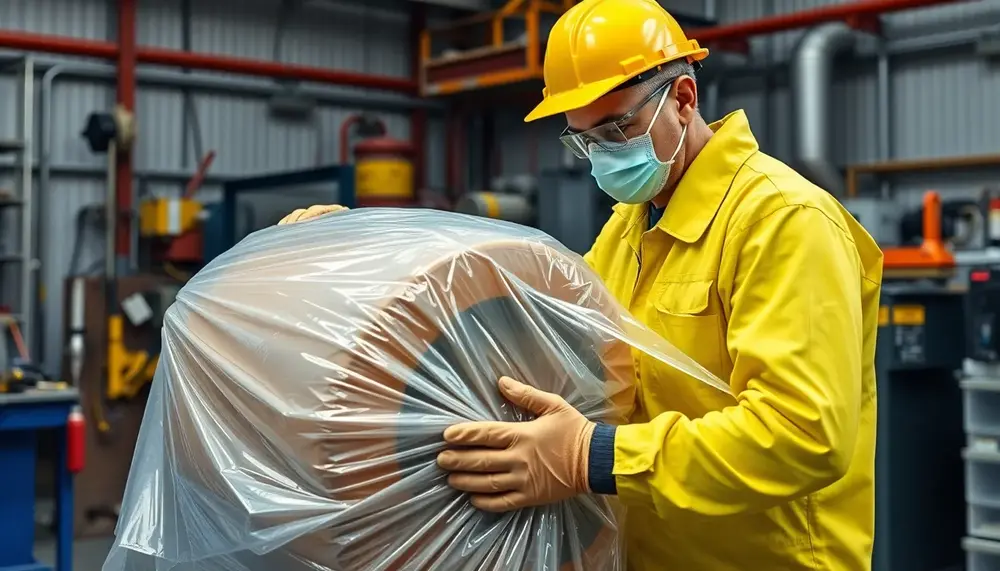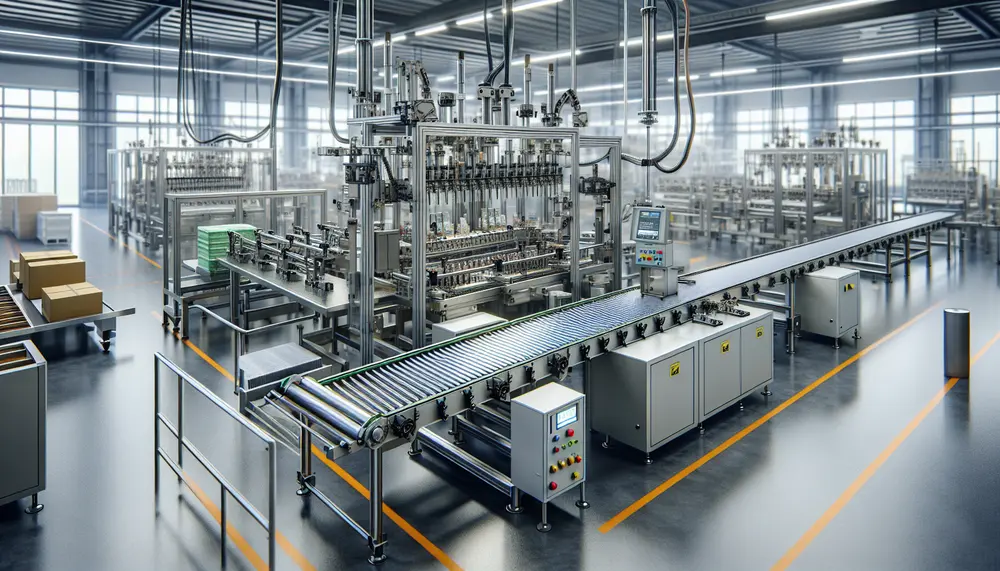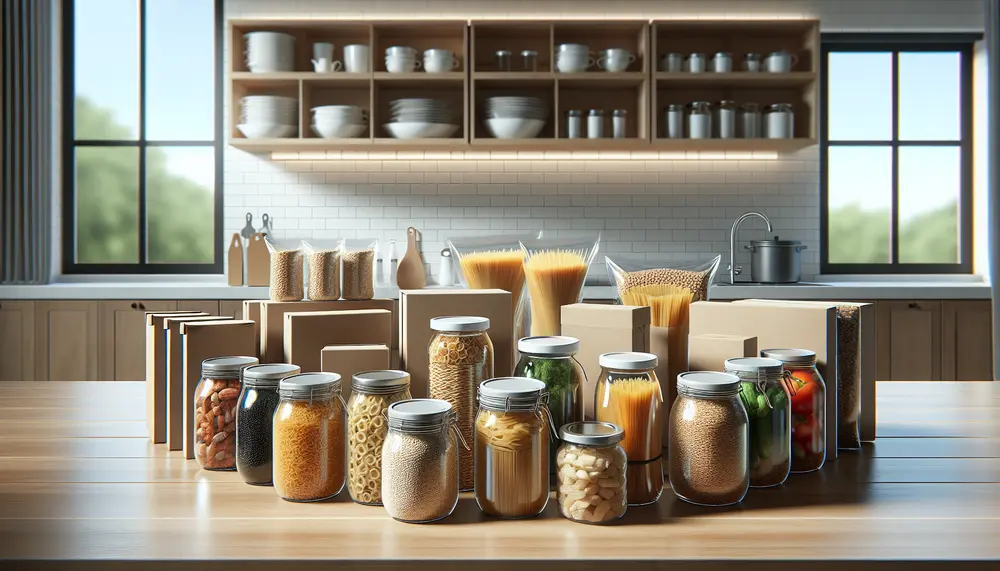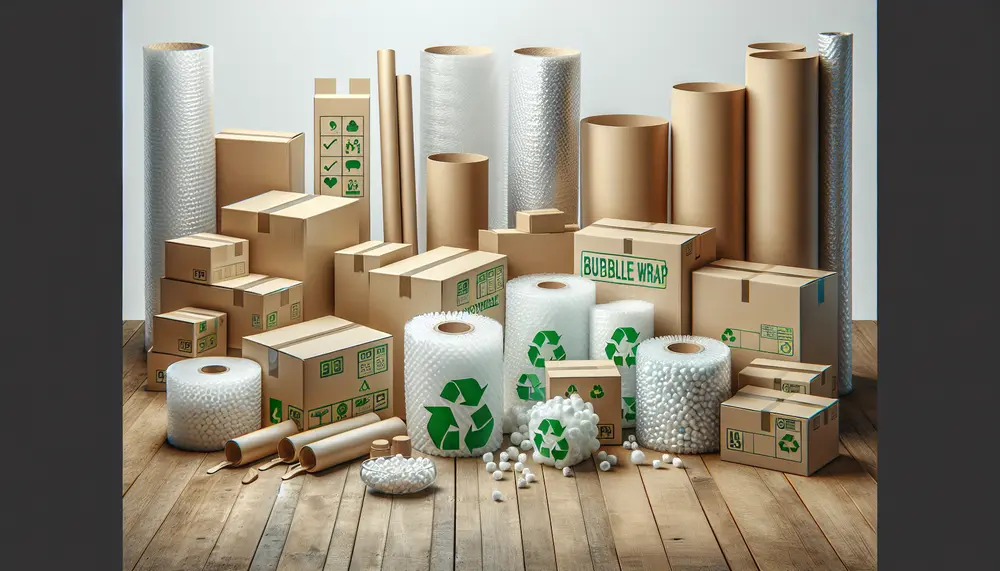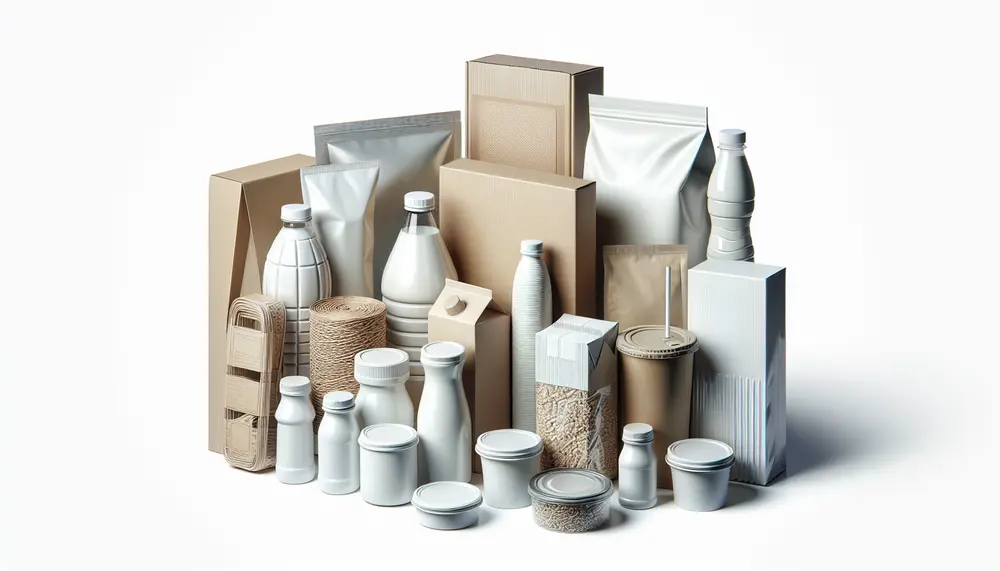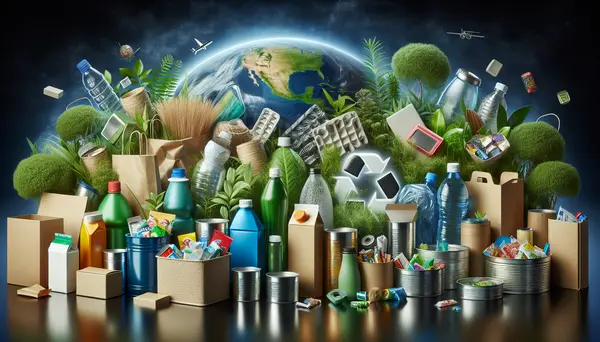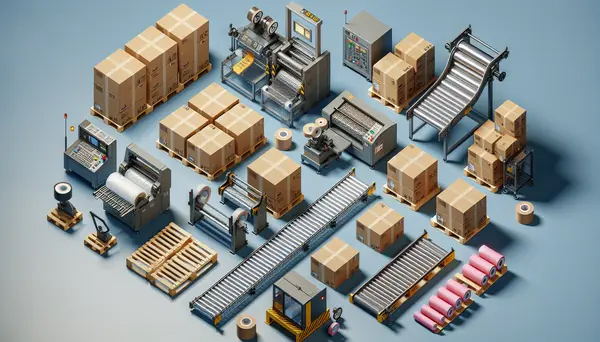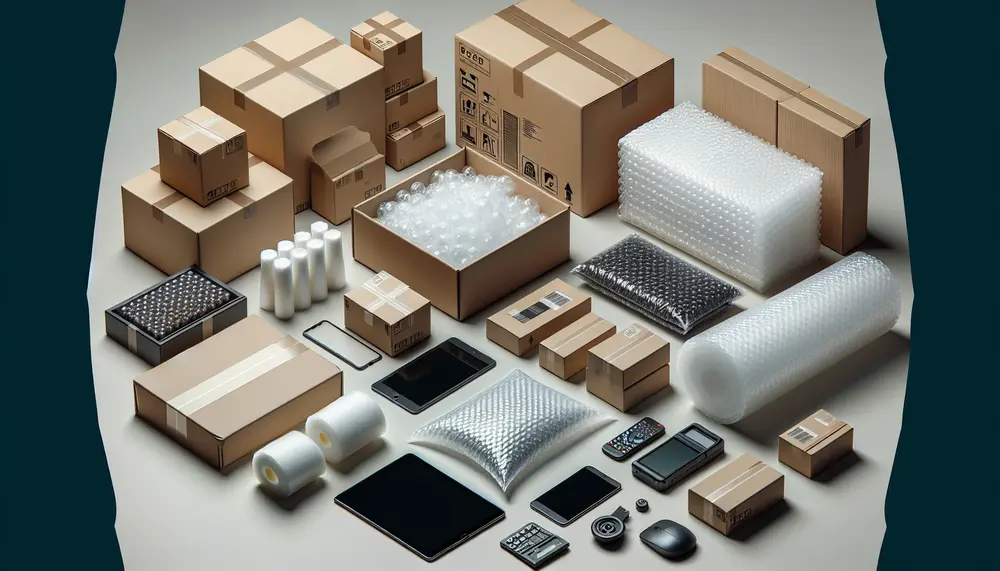Posts on the Topic Safety
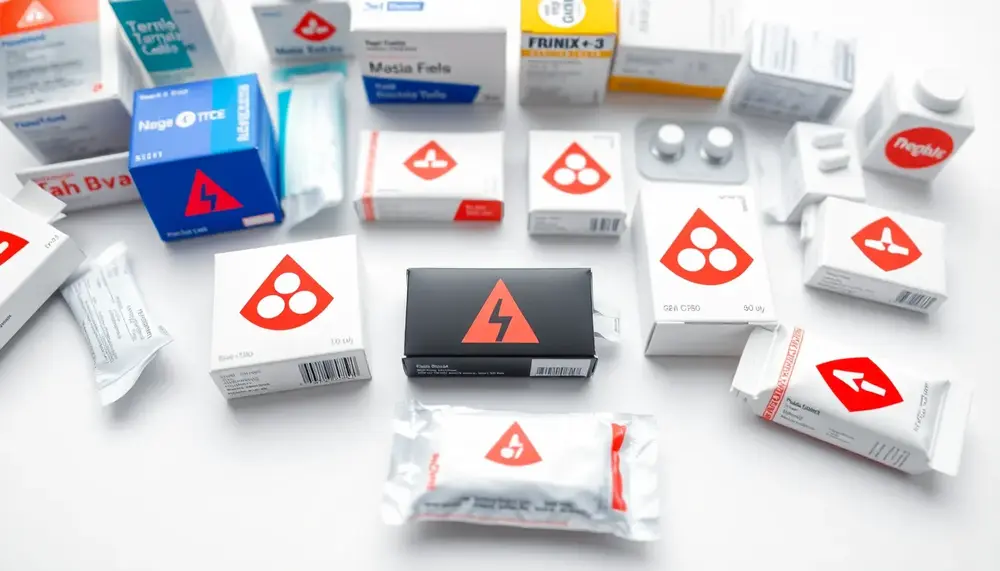
Red alerts in pharmacy packaging are critical safety tools that use high-visibility design elements to prevent medication errors, benefiting both healthcare professionals and patients. By highlighting essential information like dosage limits or warnings against misuse, they enhance clarity, reduce risks...
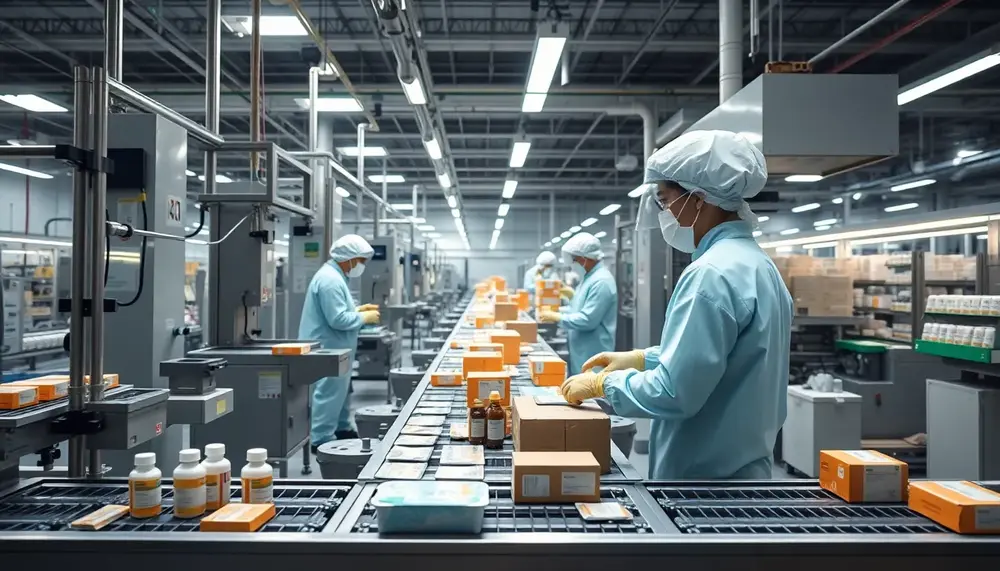
Pharmaceutical packaging training is essential for ensuring medication safety and compliance with evolving regulations, empowering professionals to innovate and manage risks effectively while enhancing career opportunities. These dynamic programs combine theoretical knowledge with practical application through interactive sessions, self-paced modules,...
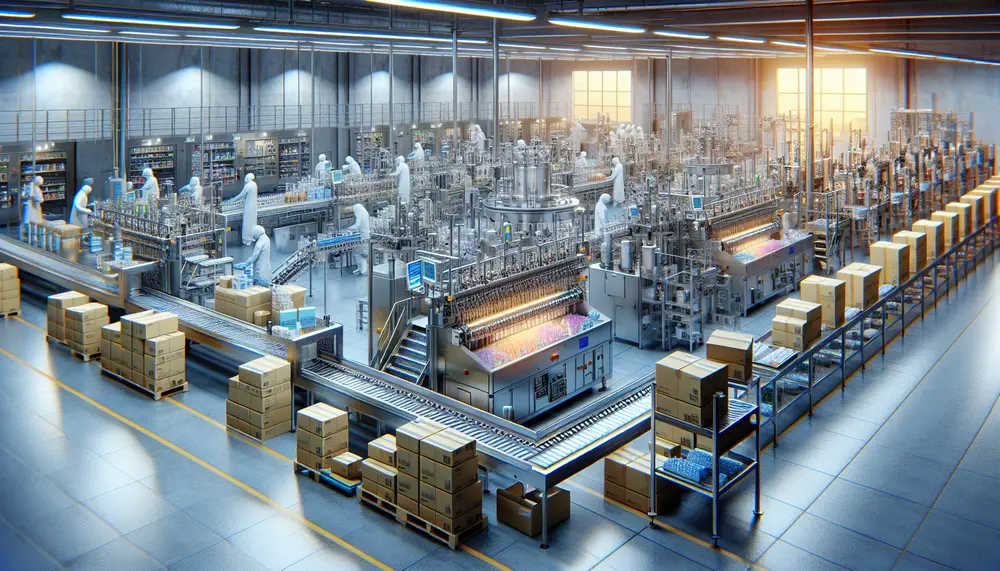
The pharmaceutical packaging value chain is essential for ensuring medications are safely delivered from manufacturers to patients, involving steps like design and development, material selection, manufacturing processes, quality control, distribution logistics, regulatory compliance, and sustainability. Each component plays a crucial...
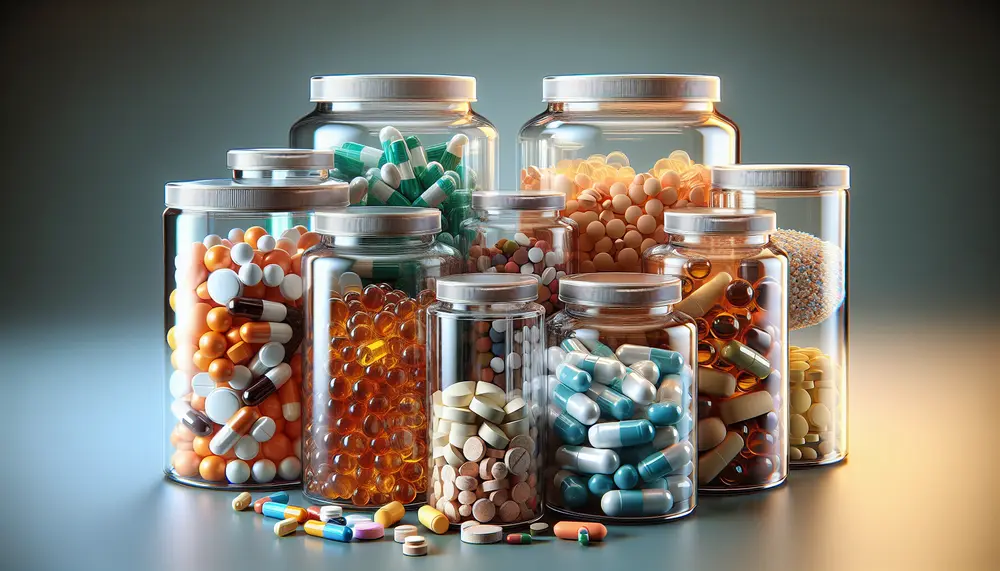
Glass is the preferred material for pharmaceutical packaging due to its chemical inertness, excellent barrier properties against gases and moisture, non-porous surface, recyclability, aesthetic appeal, temperature resistance, and light protection capabilities. These attributes ensure that medications remain pure, stable, effective...

A pharmaceutical packaging technician ensures the safe and accurate packaging of medicines, maintaining product quality until it reaches consumers. This role requires technical proficiency, attention to detail, manual dexterity, problem-solving skills, and effective communication while adhering to industry standards like...
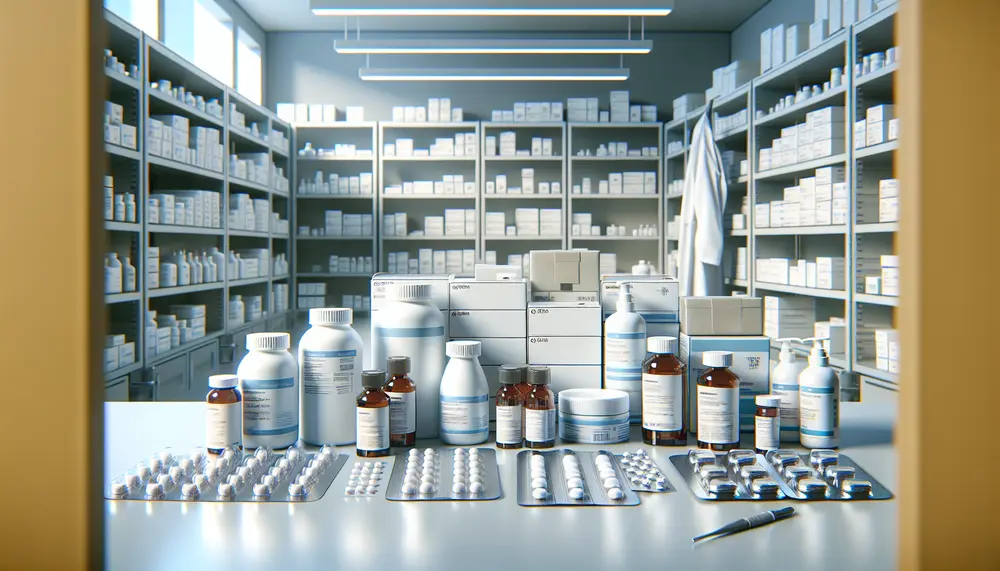
Ensuring compliance in pharmaceutical packaging is essential for product integrity, patient safety, and regulatory approval. This article outlines key guidelines from major regulatory bodies like the FDA, EMA, ICH, WHO, and USP that govern material selection, design standards, labeling requirements,...
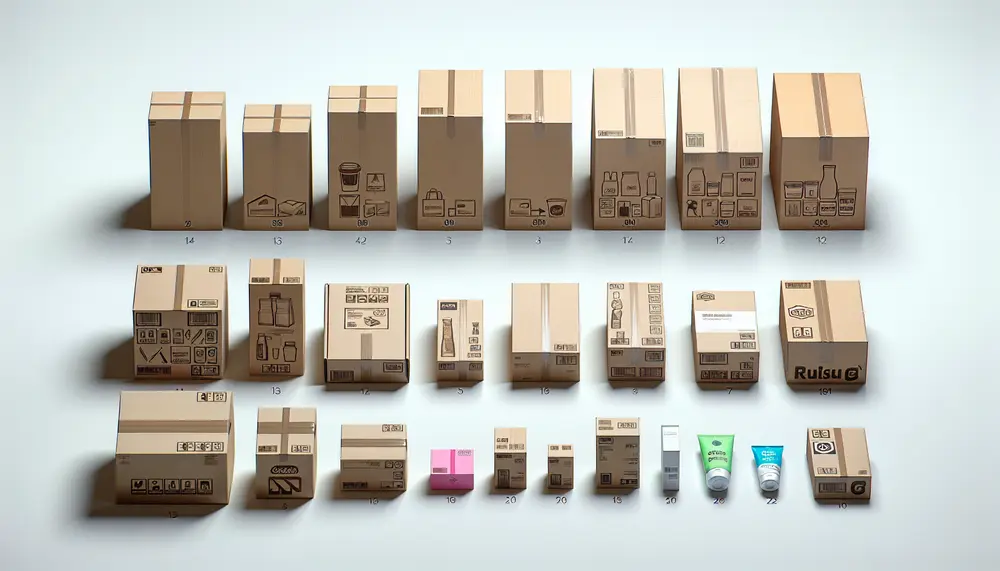
Product packaging is essential for protection, marketing, and providing consumer information; it influences brand perception and purchase decisions through design elements like color schemes. The design process involves research, feedback, prototyping, and technical considerations to ensure functionality and appeal. Choosing packaging...
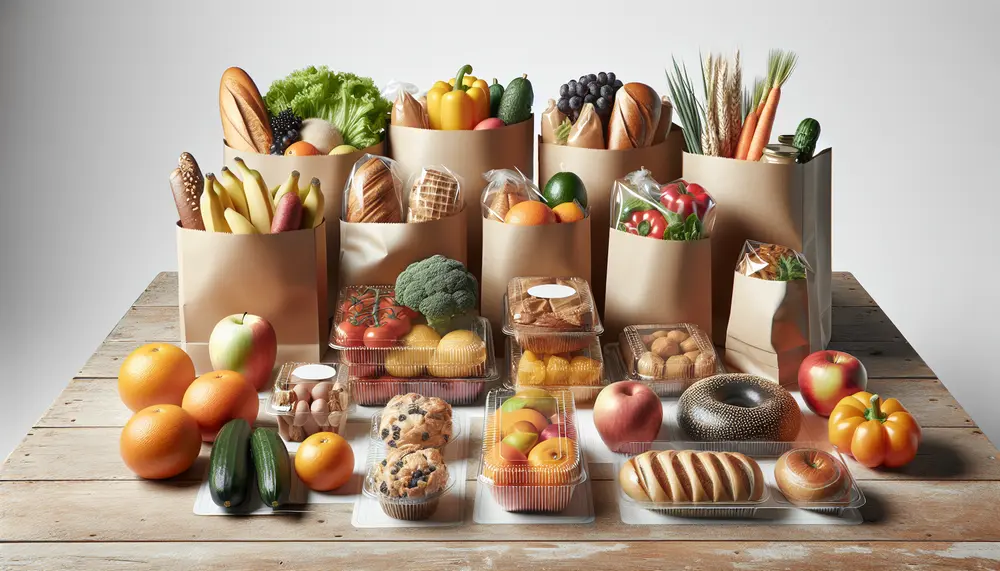
Packaging is critical for food safety and freshness, providing a barrier against contaminants and extending shelf life through innovations like modified atmosphere packaging. It also protects from physical damage during distribution, playing an essential role in preventing foodborne illness. Choosing the...
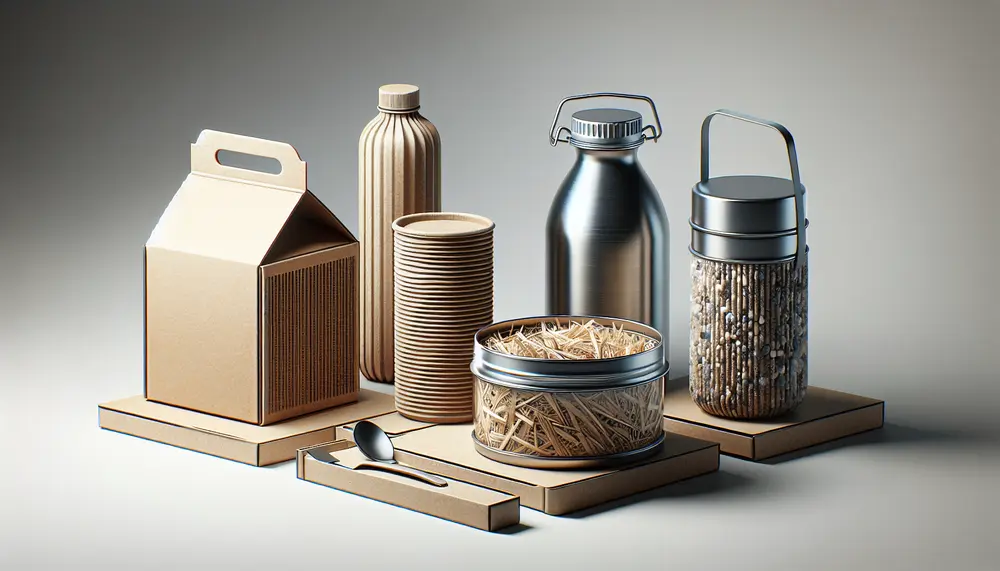
The article discusses the importance of understanding the packaging zone for beginners, emphasizing its role in product protection, branding, and environmental impact. It highlights material innovation, machinery advancements, strategic design for consumer influence, cost savings through optimization, safety enhancements during...
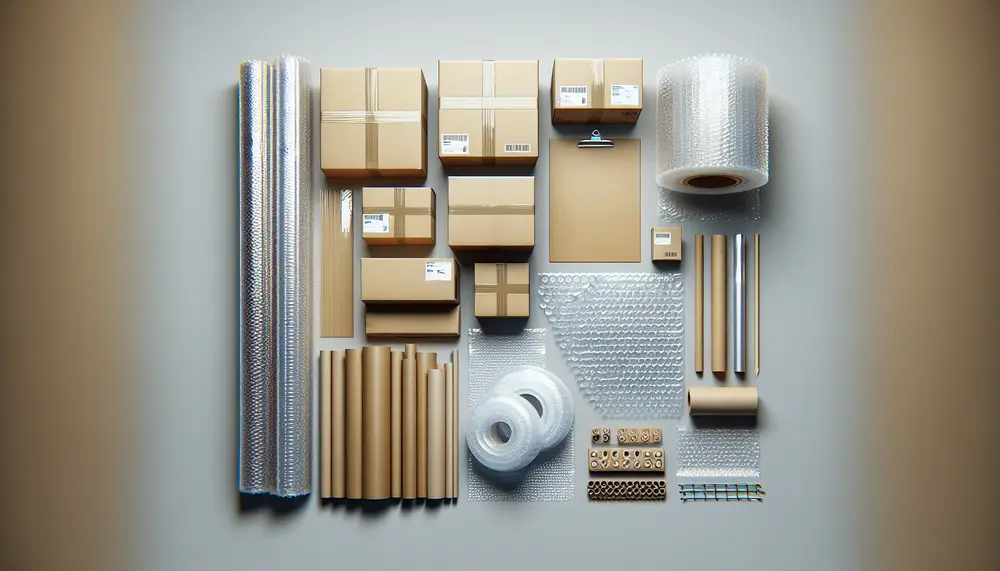
Packaging hazards pose risks to product safety during transportation and storage, stemming from physical damage, environmental conditions, and human error; addressing these requires a comprehensive design strategy. Shipping hazards are categorized into shock damage, vibrations, compression forces, and atmospheric conditions;...

Packaging foam sheets are protective materials, often made from polyethylene or polyurethane foams, used to cushion goods during transport and storage. They offer benefits like shock absorption and customization but have environmental drawbacks due to non-biodegradability and recycling challenges....

Packaging technicians play a crucial role in product delivery, operating machinery and selecting materials while prioritizing safety and quality. They require skills like basic math, GMP knowledge, analytical thinking, computer proficiency, teamwork, and communication to succeed. The job of a packaging...
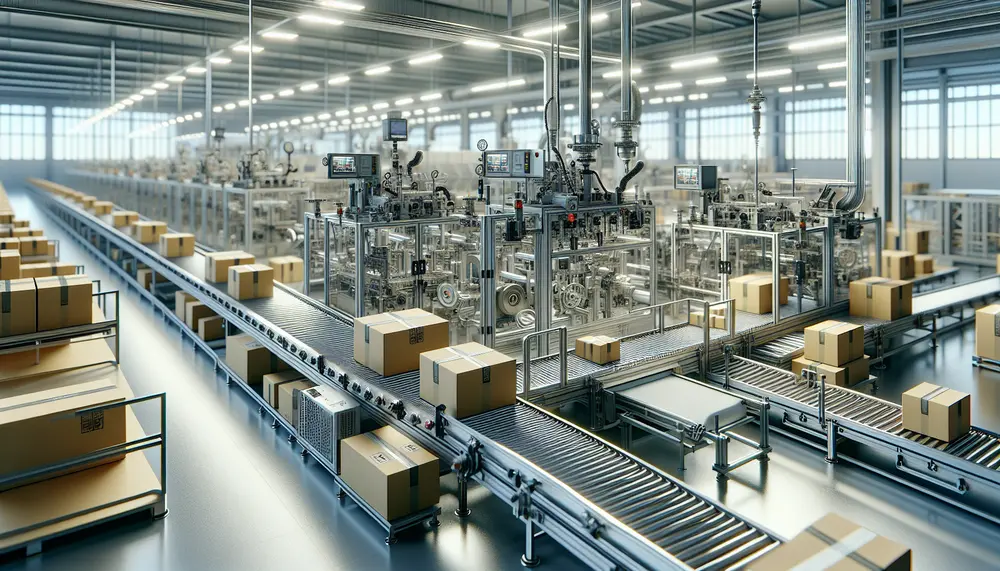
Advanced packaging machines enhance efficiency and productivity in modern production lines by automating tasks, ensuring precision, and enabling cost savings. They are crucial for businesses to stay competitive and meet industry standards. High-efficiency packaging machines feature user-friendly interfaces, modular designs, precise...

Kebab packaging requires durability, functionality, and safety to maintain freshness and flavor; materials like Kraft paper and sugarcane pulp are popular for their sustainability. Eco-friendly options such as Bagasse and recyclable Kraft paper align with consumer environmental concerns, while personalized...

Packaging nylon bags are valued for their strength, durability, and versatility in protecting products from damage and contamination across various industries. However, they pose environmental concerns due to non-biodegradability and potential release of harmful chemicals if improperly disposed of....
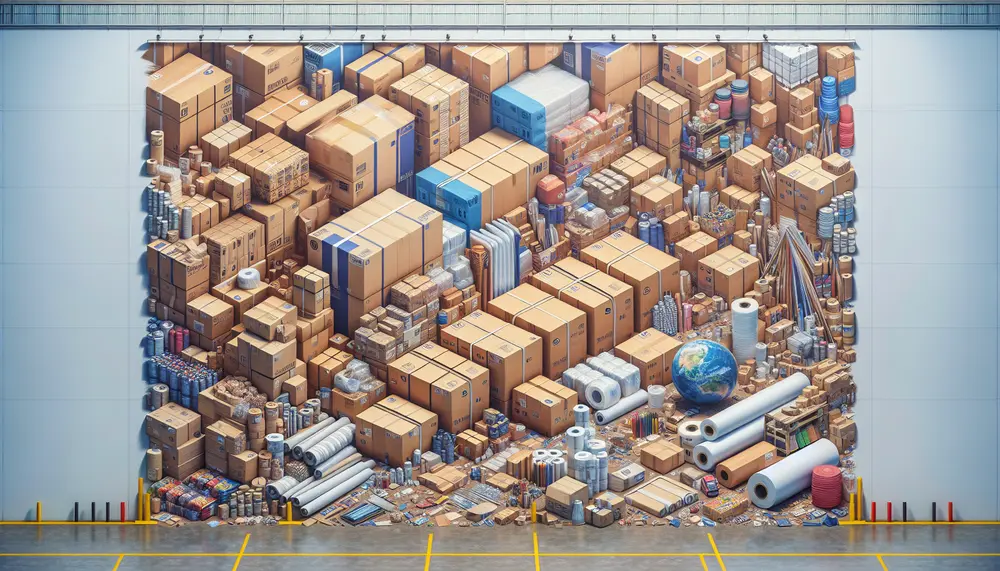
Uruguay's packaging industry is thriving with innovation and sustainability, offering diverse solutions to meet global demands while contributing significantly to the nation's economy. The sector faces challenges such as raw material limitations but benefits from strategic location and government support. Key...

HDPE gloves, made from High-Density Polyethylene, are durable and chemical-resistant protective gloves used across various industries such as food service and healthcare. They offer benefits like tear-resistance, a comfortable fit for most hand sizes, moisture resistance, cost-effectiveness, and reduced allergy...
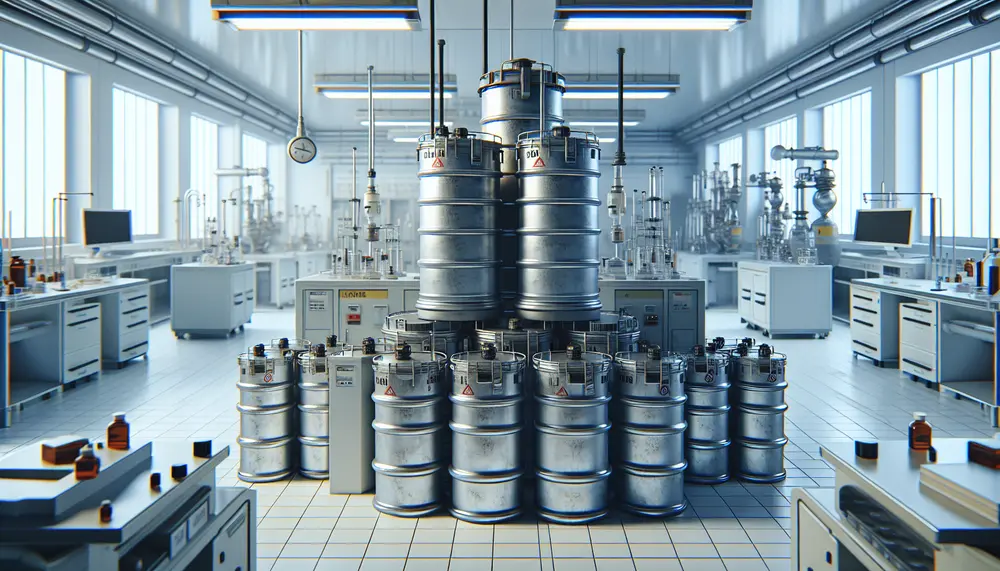
Acids can damage packaging materials, leading to product and environmental harm; understanding their chemical interactions is vital for creating acid-resistant solutions. Acid-resistant packaging ensures safety, maintains quality, and meets regulatory standards by preventing leakage and contamination of acidic products....

Paper trays are an eco-friendly alternative to traditional serving materials, being biodegradable and often produced from sustainably managed forests, which reduces waste in landfills and has a lower carbon footprint. They support circular economy principles by encouraging recycling and responsible...
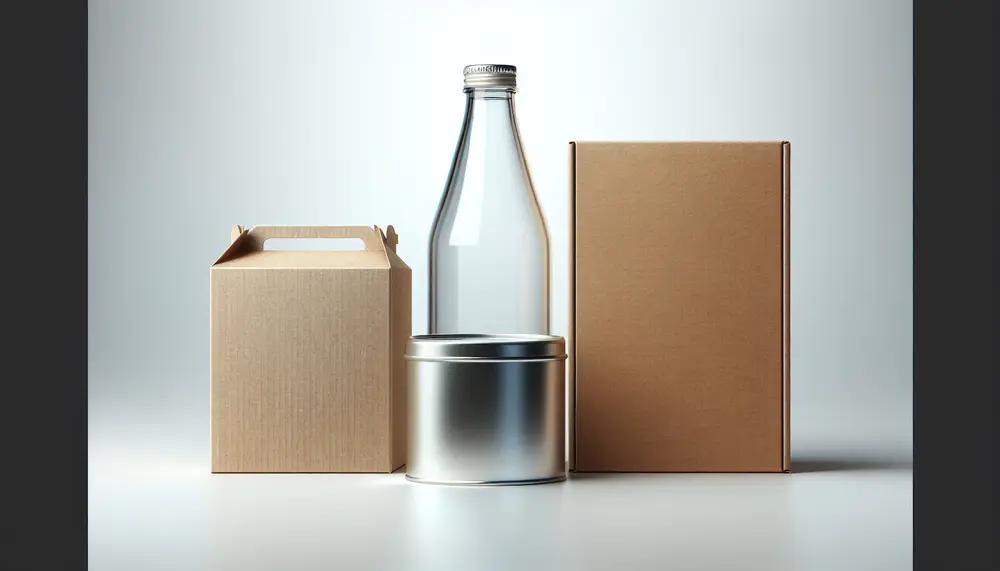
Packaging design combines aesthetics and functionality, focusing on the product, brand identity, consumer appeal, and compliance with regulations. Good packaging balances visual attractiveness with practicality to enhance user experience and encourage loyalty. Effective packaging requires a balance of clear messaging, simplicity...

The packaging industry is governed by a complex legal framework aimed at ensuring safety, health, and environmental protection. Key regulations include material restrictions like RoHS and REACH, compostability standards such as BPI certification, and heavy metal limitations under CONEG legislation. Regulatory...

Packaging for service excellence is essential for customer satisfaction and product safety, requiring tailored approaches to ensure items arrive in perfect condition while enhancing brand loyalty through aesthetics and sustainability. Certified Packing Experts play a crucial role by using advanced...
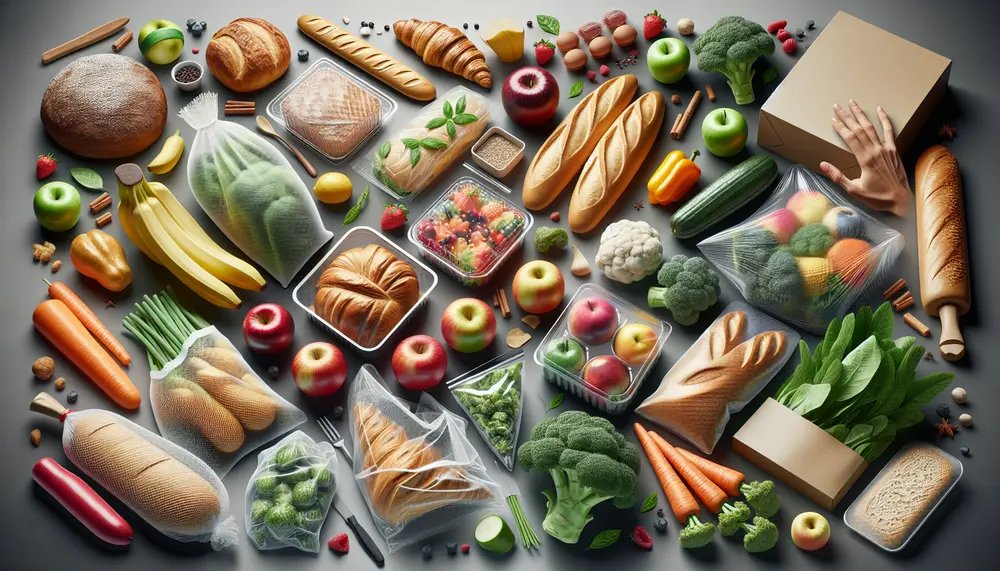
Food packaging is essential for protecting food, extending shelf life, and maintaining quality from production to consumption. It must meet safety standards, provide consumer information, facilitate transportation, enhance marketability, and support sustainability efforts. Innovative food packaging solutions address demands for convenience...

